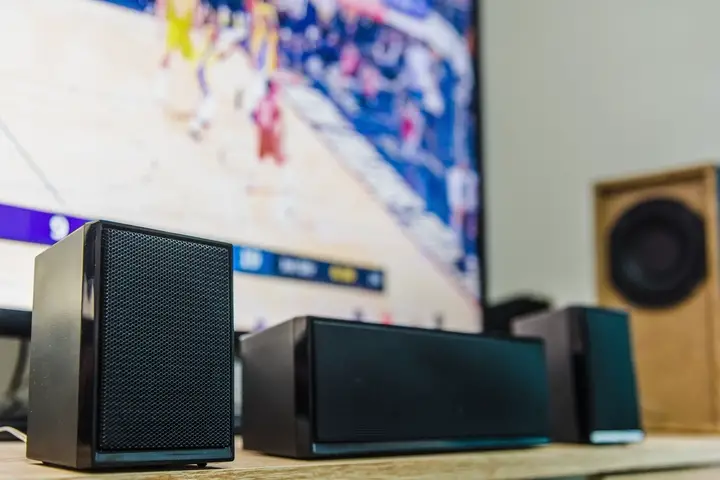Live musicians live or die by the quality of their sound.
It’s not much good writing a killer song or mixing a slick set if nobody can hear it. Still, merely hearing it doesn’t cut much mustard either. The tune needs to ricochet of walls and set souls alight, the booms sending a thumping across the floors. Live music shouldn’t just be heard – it should transport everyone listening to a different place entirely, both mentally and emotionally.
You can only achieve this effect by boosting the sound quality of your performance. Keep reading to learn how to do just that.
Create or Choose the Right Room
By virtue of its construction and dimensions, that right room can provide you with incredible sound quality.
There have been many reports on which types of spaces in a building can optimise sound through things like reverberation, as well as the acoustic designs of things like talk studios and listening rooms, for example. Studio spaces aren’t just thrown together, but meticulously arranged in such a way that sound quality is enormously increased.
Soundproof foam, for example, is regularly dotted around studio walls. Additionally, there are stories of icons like Paul McCartney practicing his music in the toilet due to the natural acoustic effect, not lifting a finger to change anything about the room. Spend some money on creating a studio or shut yourself in a bog – no one will judge you if the sound quality is immense.
Place Speakers Wisely
Obviously, your speakers need to be strategically placed to maximise their effect.
For example, if you have surround sound systems, then clumping them all together is a disastrous waste of that technology. Additionally, crowding your speakers with other items and objects may obstruct their volume output also. It is quite a simple point, but the basics really matter when it comes to boosting the quality of your sound.
At live shows, the speakers are typically placed between the performers and the audience. If you’re too close to them, you will also risk getting feedback into your mics, so a healthy distance key also. In the end, your specific requirements will change depending on your venue or studio/practice room arrangement but stick to the basic principles above and you should get the best sound quality possible here.
Utilise Amplifiers
Ever the cherry on the cake, boosting the electrical current to your speakers can give them an enormous surge in sound.
This is the role of the multi-channel power amplifiers from Energy AV Sales, designed with a variation of slick styles. Each offering is protected against on/off shorts, as well as radio-frequency interference, so you are guaranteed smooth sailing in usage. Their prices are incredibly affordable also, so powering your loudspeakers has never been easier.
If you are playing any kind of music, then that extra kick is what will really give your live performance a memorable impact, turning quaint little tunes into certified bangers. Mobile devices, turn tables, and media players are all receptive to standard amplifiers, while other variations may be required if you or your band are playing instruments. In the end, an amplifier is a sign that you have gone the extra mile, providing the best quality of sound, and performance, possible.
[Image via: Google Images]

